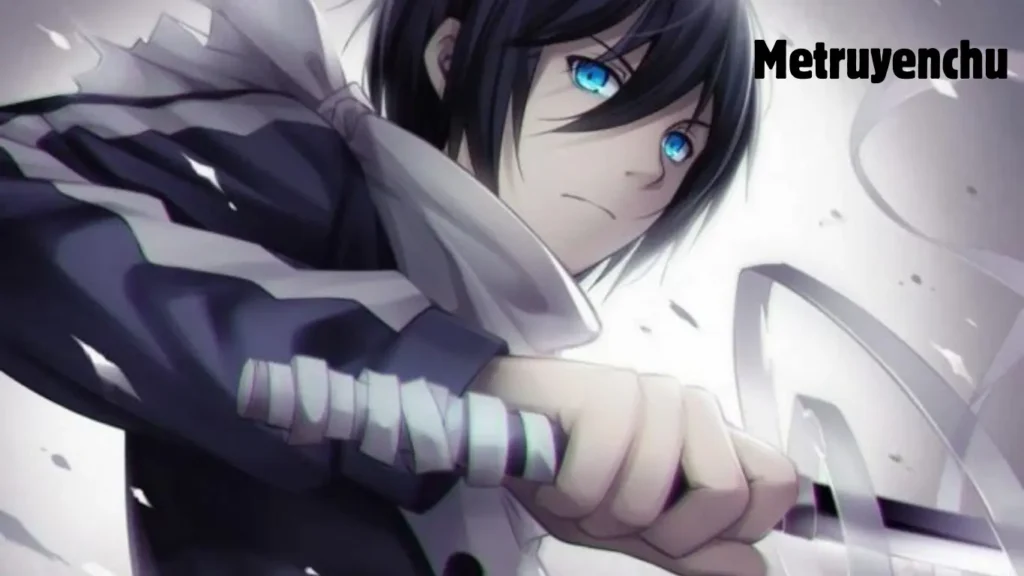Vietnamese literature, with its profound depth and cultural richness, offers readers a window into the nation’s soul. At the heart of this literary journey lies Metruyenchu, a term that encapsulates the essence of Vietnamese storytelling.
In this article, we delve into the origins, evolution, and significance of Metruyenchu, aiming to provide readers with a comprehensive understanding of its place in Vietnamese culture.
Understanding Metruyenchu
The term Metruy Enchu is deeply rooted in Vietnamese literary traditions. It refers to a collection or compilation of stories, often encompassing folk tales, legends, and classical narratives that have been passed down through generations. These stories not only entertain but also impart moral lessons, reflect societal values, and preserve historical events.
Origins of Vietnamese Storytelling
Vietnam’s rich oral tradition dates back centuries. Before the advent of written scripts, stories were shared orally, serving as a means to educate, entertain, and preserve cultural heritage.
These tales often featured mythical creatures, heroic deeds, and moral dilemmas, providing insights into the beliefs and values of ancient Vietnamese societies.
Evolution of Metruyenchu
With the introduction of Chinese characters and later the Vietnamese alphabet (Quốc Ngữ), oral stories began to be transcribed, leading to the creation of written compilations.
Metruyenchu evolved from purely oral narratives to written anthologies, ensuring their preservation for future generations. Over time, these collections expanded to include contemporary stories, reflecting the changing dynamics of Vietnamese society.
Cultural Significance
Metruyenchu holds a special place in Vietnamese culture. These stories serve as a bridge between the past and present, offering insights into the nation’s history, traditions, and values.
They foster a sense of identity and continuity, allowing readers to connect with their heritage and understand the societal norms that have shaped Vietnam.
Personal Reflections
Growing up in Vietnam, I was immersed in the world of Metruyenchu. The tales of Thánh Gióng, a legendary folk hero, and the poignant love story of Tấm Cám were more than just bedtime stories; they were lessons in bravery, resilience, and the complexities of human nature. These narratives have left an indelible mark on my understanding of morality and cultural identity.
Modern-Day Relevance
In today’s digital age, Metruyenchu continues to thrive. Online platforms and digital libraries have made these stories more accessible to a global audience.
Modern authors draw inspiration from traditional tales, reimagining them in contemporary settings, thus ensuring their relevance and appeal to younger generations.
Conclusion
Metruyenchu is more than just a collection of stories; it is a testament to Vietnam’s rich cultural tapestry. By exploring these narratives, readers gain a deeper appreciation of the nation’s history, values, and societal evolution.
As we continue to share and celebrate these tales, we ensure that the legacy of Vietnamese storytelling endures for generations to come.
FAQs
What does Metruyenchu mean?
Metruyenchu refers to a collection or compilation of Vietnamese stories, encompassing folk tales, legends, and classical narratives.
How did Vietnamese storytelling originate?
Vietnamese storytelling began as an oral tradition, with tales shared verbally to educate, entertain, and preserve cultural heritage.
Why is Metruyenchu significant in Vietnamese culture?
Metruyenchu serves as a bridge between the past and present, offering insights into Vietnam’s history, traditions, and values, and fostering a sense of cultural identity.
How has Metruyenchu evolved over time?
Initially an oral tradition, Metruyenchu transitioned to written anthologies with the advent of written scripts, and today includes both traditional and contemporary stories.
Is Metruyenchu relevant in modern times?
Yes, Metruy Enchu remains relevant, with digital platforms making these stories accessible to a global audience and modern authors reimagining traditional tales for contemporary readers.


